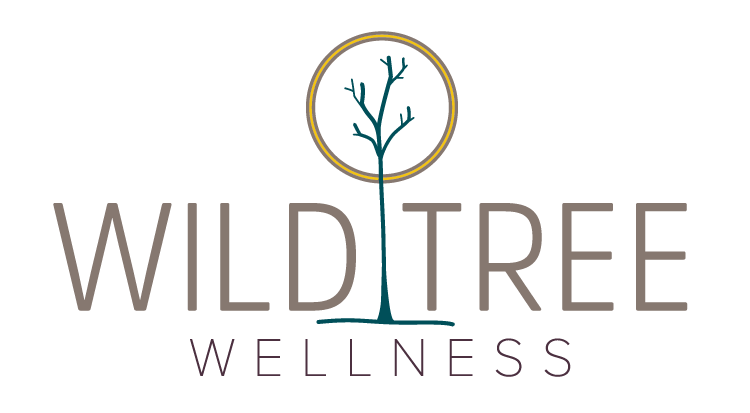What is a Boundary?
I’ve been hearing a lot of talk lately about boundaries, which as a therapist, I absolutely love to hear. I hear it in my sessions, on TV, social media, school, work, almost everywhere. Although with this recent insurgence of boundary-talk, I have found a need for a nuanced conversation around this topic, namely, what a boundary is (and isn’t) and when do we use them?
First let’s start with some definitions. I’ll be using the definitions outlined by the Gottman Institute.
Requests: Asking someone to do or not do something in order to meet our needs. For example, “Could you speak more calmly?” Requests can be difficult to enforce due to the dependence on the other person choosing to honor the request.
Boundaries: Making it clear what we will and will not tolerate. For example “I can’t continue this conversation with you when you raise your voice at me.” Boundaries outline what our actions will be, making them enforceable.
Ultimatums or Demands: Designed to control someone else’s behavior and differ from boundaries in that they are focused on the other person’s behavior rather than our own. For example, “ If you don’t start stepping up, telling me you love me, and showing me the bare minimum of kindness, I’m out of here!”
Adapted from definitions from the Gottman Institute (https://www.gottman.com/blog/requests-vs-boundaries-vs-ultimatums-the-ultimate-guide/)
Now that we have some definitions in place, let’s discuss how to choose what level of intensity we choose to use in an interpersonal interaction. In Dialectical Behavior Therapy (DBT) we call this modulating the level of interpersonal intensity. DBT outlines 10 factors to consider when making a request or saying no:
- Capability: Does the person have the ability to do what I want?
- Priorities: Is my relationship, goal, or self-respect more important?
- Self-respect: Will it make me feel badly about myself?
- Rights: Am I required by law or ethical code to do what is wanted?
- Authority: Are you responsible for telling the other person what to do? Do they have authority over you?
- Relationship: Is the “ask” appropriate for the current relationship?
- Goals: Does this match my long and short-term goals?
- Give and Take: Do I owe this person? Do I give as much as I take in this relationship?
- Homework: Is the request clear? Do you know what you are agreeing to? Have you done your homework?
- Timing: Is this a good time to have this conversation?
(adapted from the DBT Skills Training Manual by Marsha Linehan)
When deciding what level of intensity to use, you can take each of these factors as tools to either raise or lower the level of intensity in your request. Ask yourself the question outlined in each of these factors. Based on your answer, raise or lower your level of intensity of your boundary, request, or demand. These tools are made to help optimize your boundary-setting conversations. These conversations may not be easy, but I hope you can take what you learned here and feel supported and empowered as you do this important work.
Happy boundary-setting!
Blog by Sara Pogue, MSW, LICSW
Photo by Dométhilde via Pexels
